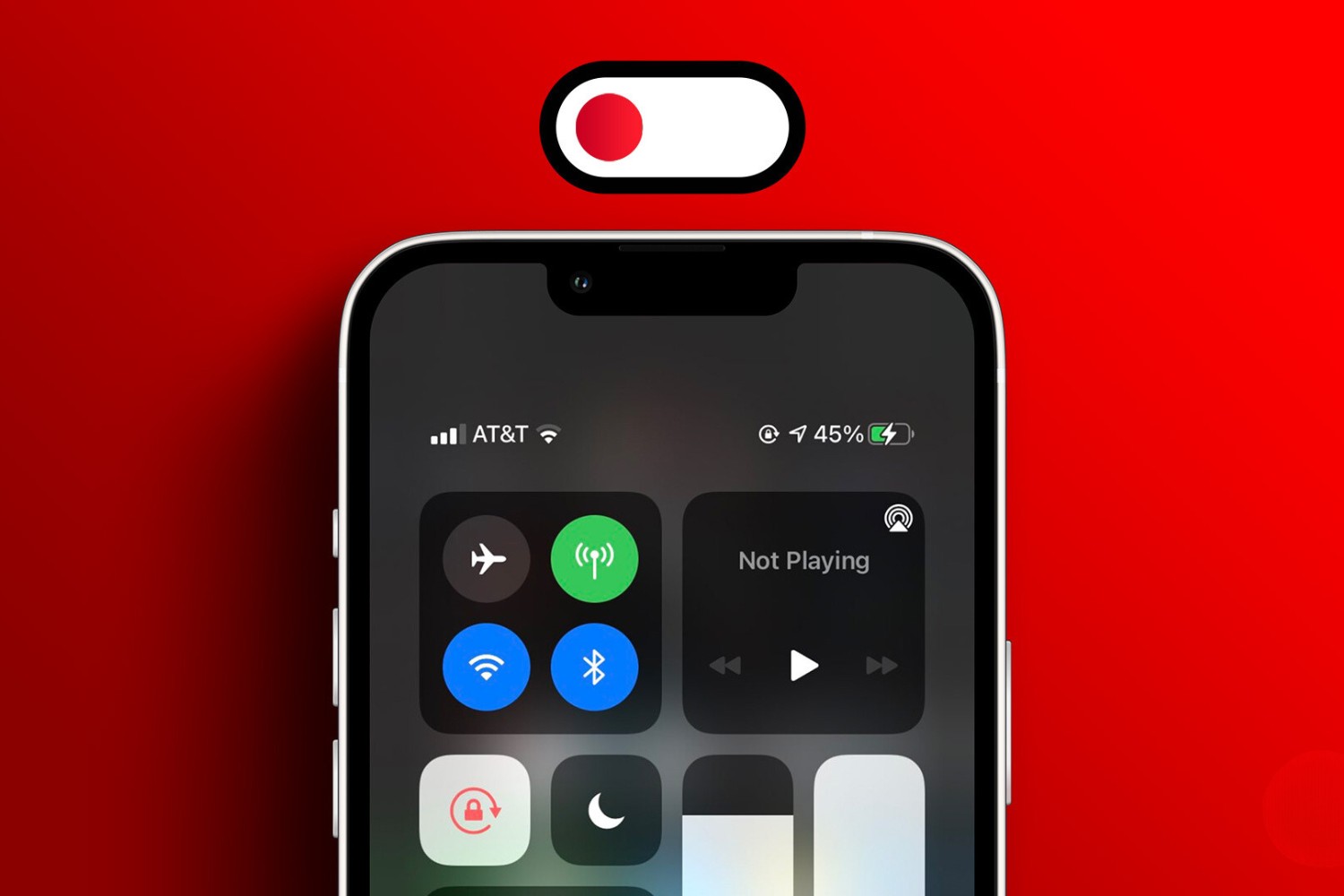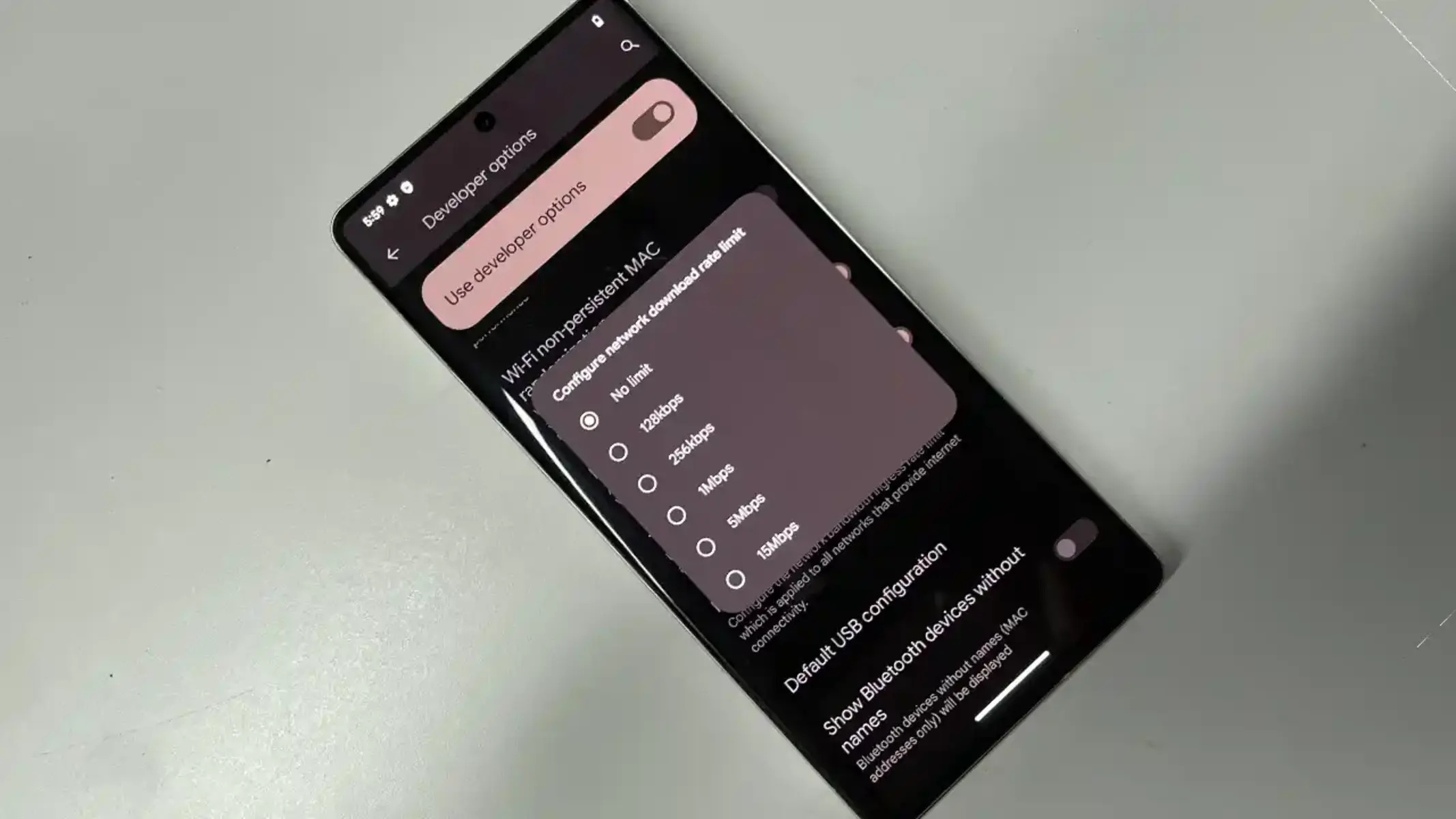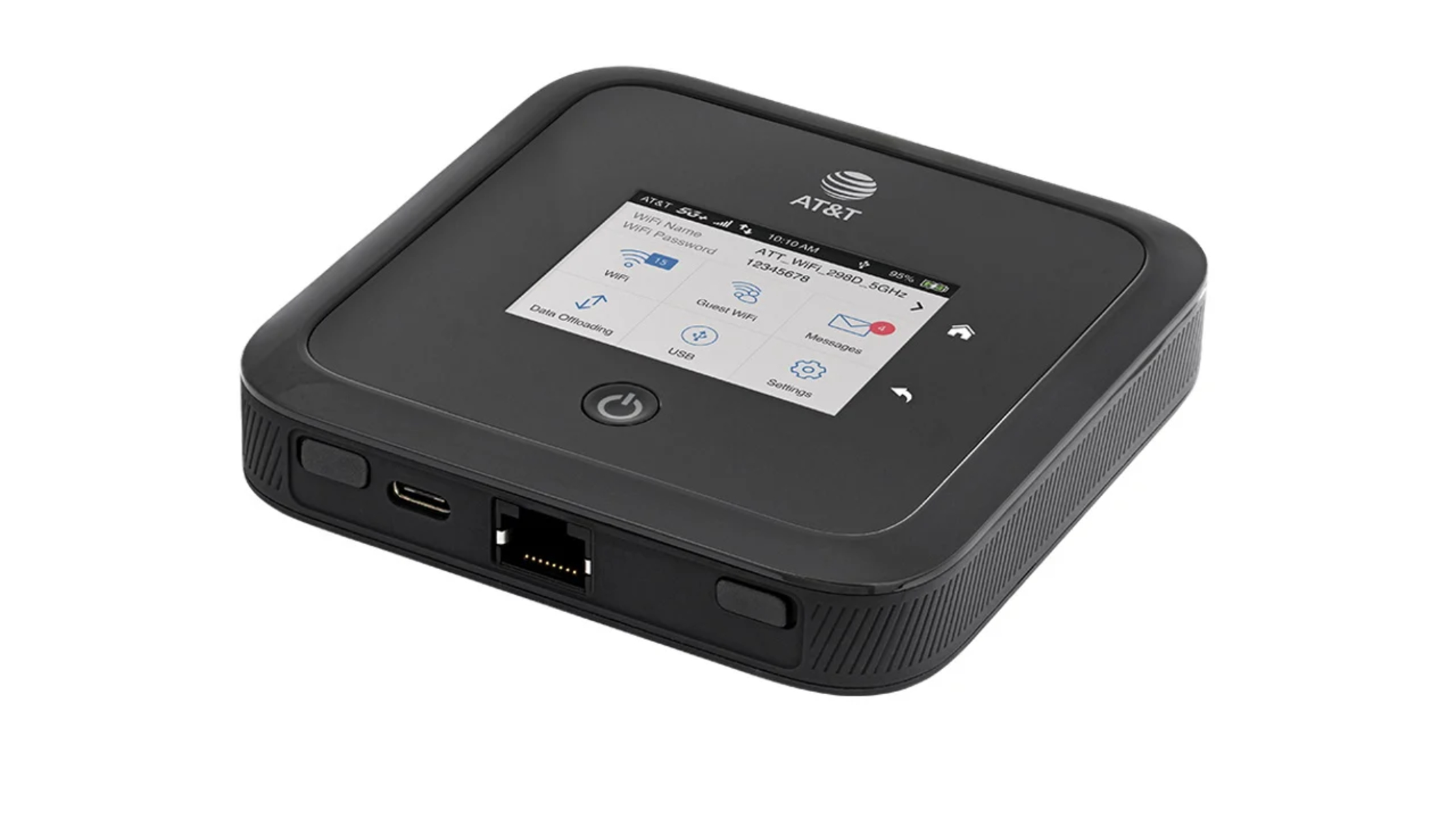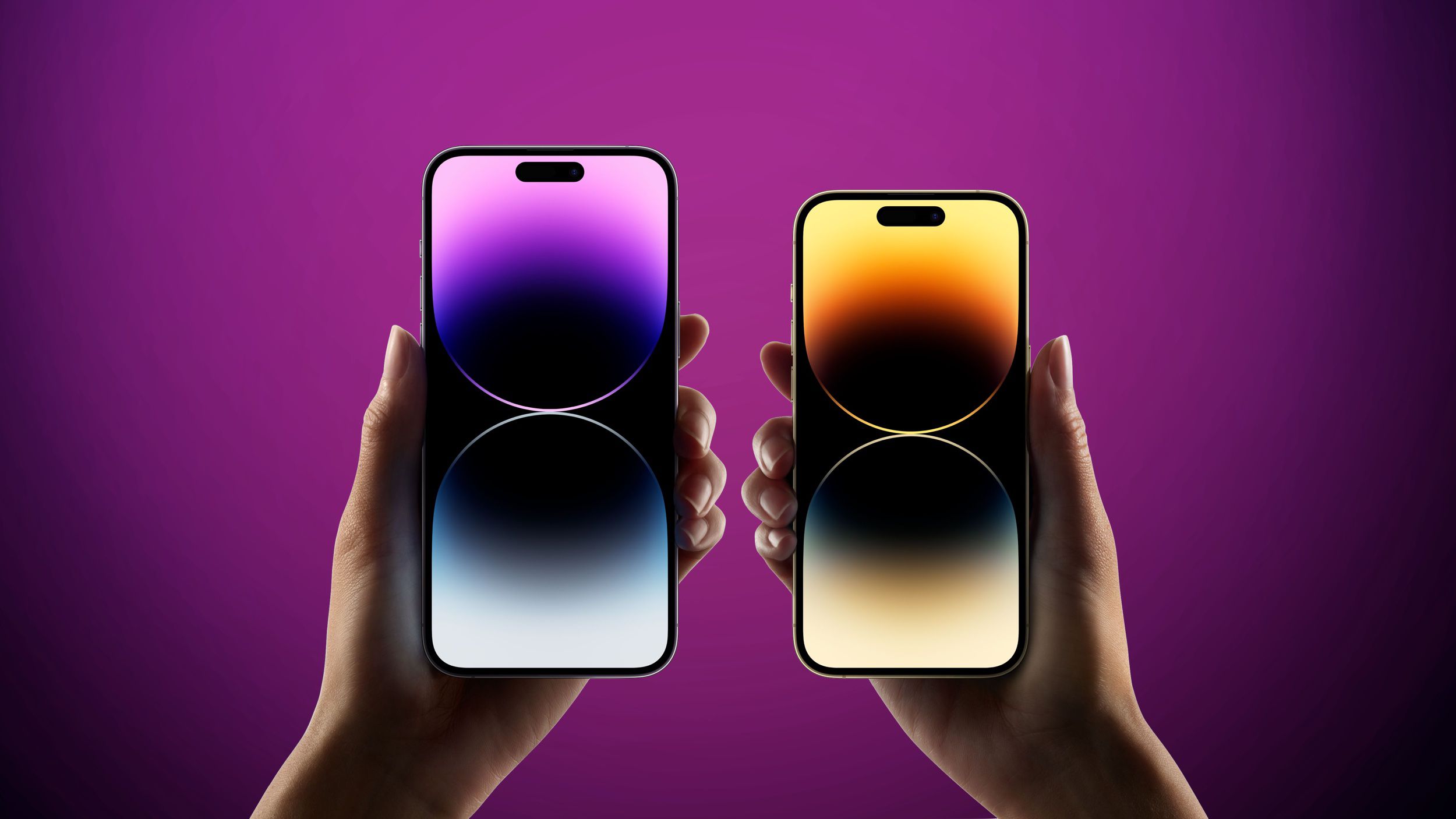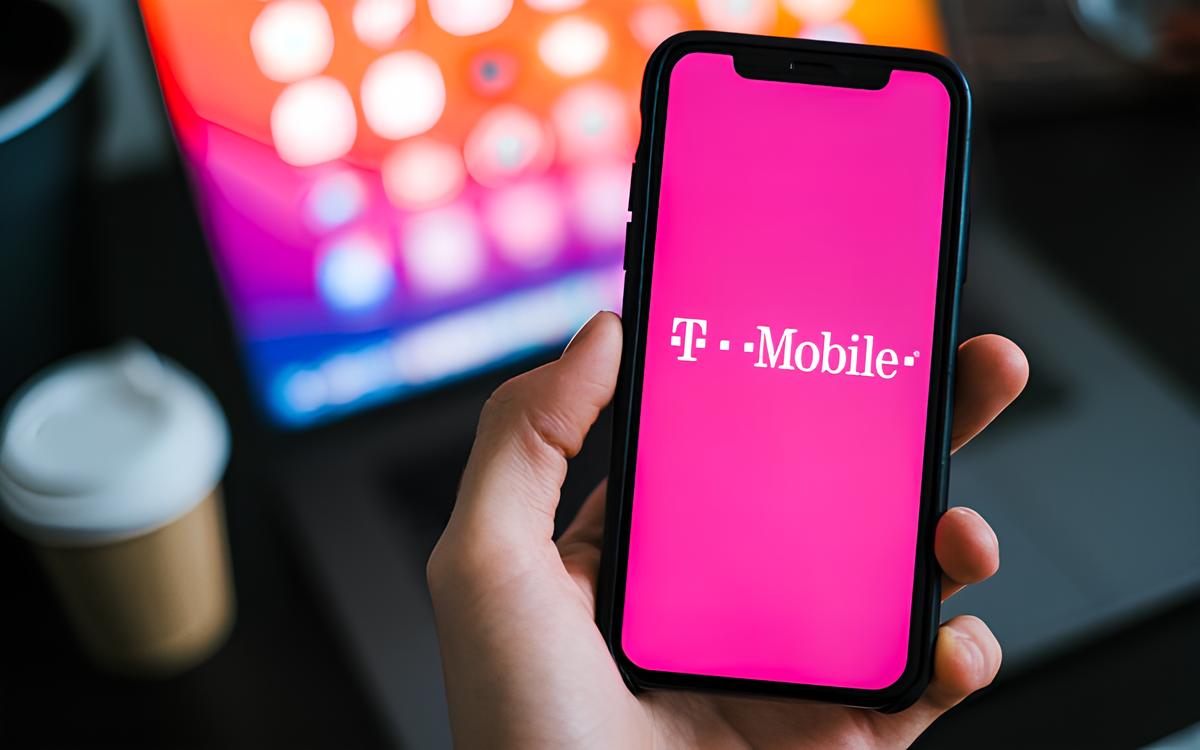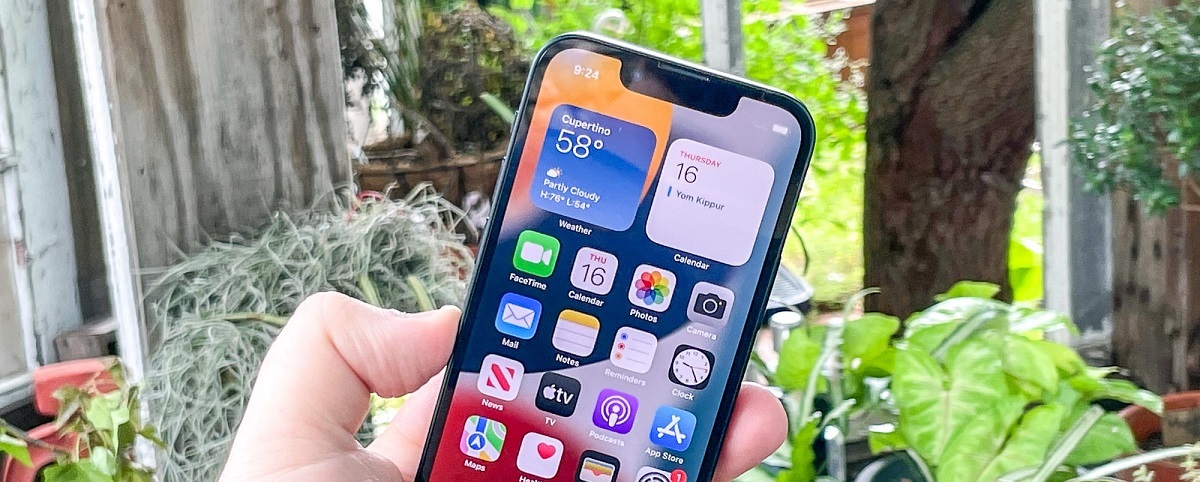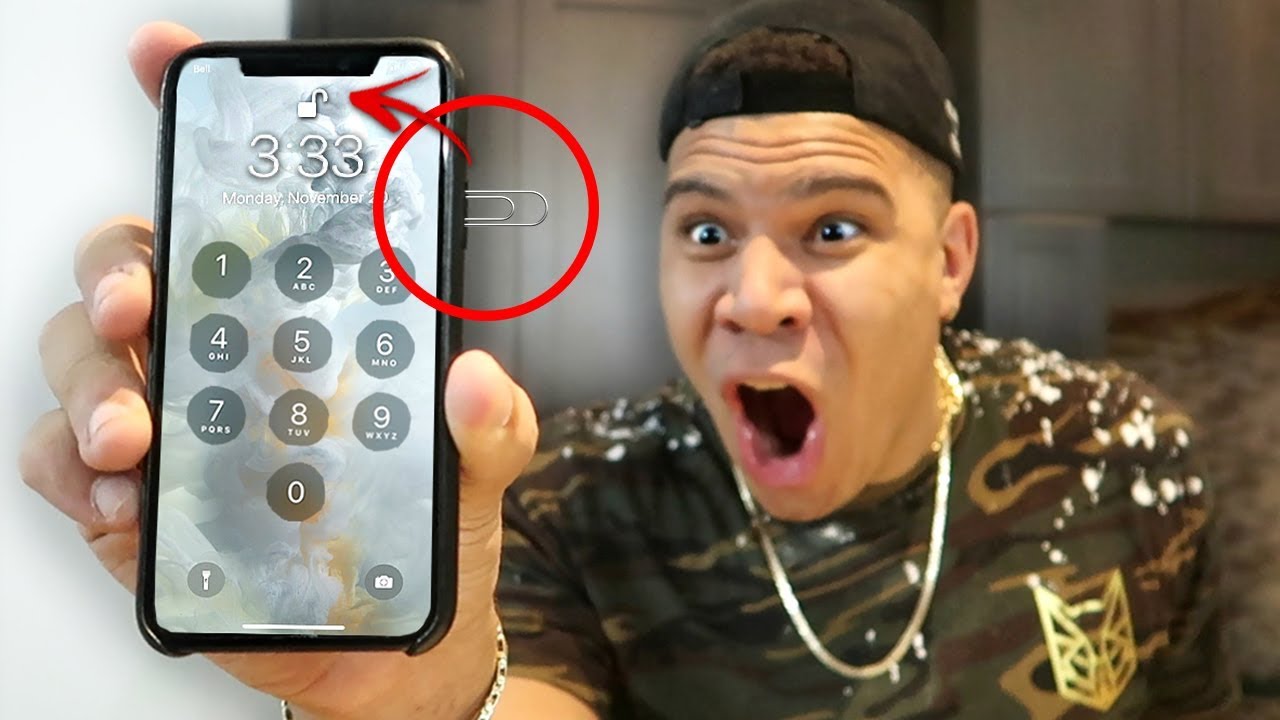Introduction
The iPhone hotspot feature is a valuable tool that allows users to share their device's internet connection with other devices, such as laptops and tablets. However, many users have encountered the frustrating limitation imposed by their carrier or by default settings, which restricts the amount of data that can be used through the hotspot. This restriction can be particularly inconvenient for those who rely on the hotspot for work, study, or entertainment while on the go.
In this article, we will explore the various methods and techniques for bypassing the iPhone hotspot limit, empowering users to make the most of their mobile data and stay connected wherever they are. From understanding the underlying reasons for the limitation to discovering practical tips and clever tricks, this guide will equip iPhone users with the knowledge and strategies to optimize their hotspot usage.
Whether you're a remote worker needing a reliable internet connection, a student seeking to access online resources, or a traveler looking to stay connected during journeys, the ability to bypass the iPhone hotspot limit can significantly enhance your mobile experience. By delving into the insights and solutions presented in this article, you can unlock the full potential of your iPhone hotspot and enjoy seamless connectivity without being hindered by arbitrary data restrictions.
Understanding iPhone Hotspot Limit
The iPhone hotspot feature serves as a convenient means to share the device's internet connection with other devices, providing flexibility and connectivity on the go. However, users often encounter limitations when attempting to utilize this feature to its fullest potential. The hotspot limit typically refers to the restriction imposed by carriers or default settings, which caps the amount of data that can be used through the hotspot.
Carriers commonly implement hotspot limits as a means of managing network traffic and ensuring fair usage among subscribers. These limitations are often designed to prevent excessive data consumption through the hotspot, especially in cases where users may attempt to replace a traditional home internet connection with their mobile data plan. By imposing these restrictions, carriers aim to maintain network stability and prevent congestion, ultimately providing a consistent and reliable service to all subscribers.
The hotspot limit can manifest in various forms, including data caps, speed throttling, or additional charges for exceeding the allotted usage. While these measures are intended to regulate data consumption and prevent abuse of the network, they can pose significant challenges for users who rely on the hotspot for essential tasks, such as remote work, online learning, or entertainment during travel.
Moreover, default settings on the iPhone may also impose limitations on hotspot usage, independent of carrier restrictions. These built-in limitations are designed to conserve battery life and prevent excessive data usage, aligning with Apple's emphasis on optimizing device performance and user experience.
Understanding the intricacies of the iPhone hotspot limit is crucial for users seeking to bypass these restrictions and maximize their connectivity. By gaining insights into the underlying reasons for these limitations, users can effectively explore strategies and techniques to overcome the constraints and fully leverage the capabilities of their iPhone hotspot.
In the following sections, we will delve into practical tips and clever tricks that empower users to bypass the iPhone hotspot limit, enabling them to make the most of their mobile data and stay connected without unnecessary hindrances.
Tips for Bypassing iPhone Hotspot Limit
1. Enable Low Data Mode:
Activating Low Data Mode on your iPhone can help conserve data usage across all connections, including the hotspot. This feature, introduced in iOS 13, optimizes data usage by reducing background activity and automatic downloads, thereby extending the available data for hotspot usage.
2. Use a VPN:
Employing a Virtual Private Network (VPN) can circumvent certain hotspot limitations imposed by carriers. By encrypting the data transmitted through the hotspot, a VPN can mask the nature of the traffic, potentially bypassing any restrictions or throttling implemented by the carrier.
3. Monitor and Limit Background Activity:
Identify and restrict background processes and applications that consume data while connected to the hotspot. By managing background app refresh, automatic updates, and cloud syncing, you can minimize data usage and prevent unnecessary depletion of your hotspot allowance.
4. Adjust Video Streaming Quality:
When streaming content through the hotspot, consider adjusting the video quality to a lower resolution. This can significantly reduce data consumption, allowing for extended usage of the hotspot without compromising the viewing experience.
5. Utilize Browser Extensions and Compression Tools:
Certain web browsers offer extensions or built-in features that compress data, resulting in reduced data usage during web browsing. Additionally, utilizing compression tools or services can minimize the amount of data transmitted, effectively stretching your hotspot allowance further.
6. Investigate Carrier-Specific Workarounds:
Some carriers may offer specific methods or plans that enable users to bypass hotspot limitations. Researching carrier-specific workarounds or alternative plans tailored for hotspot usage can provide insights into potential solutions offered by your service provider.
7. Explore Third-Party Hotspot Apps:
Investigate third-party hotspot apps that may offer additional functionalities and bypass mechanisms. These apps might provide alternative methods for utilizing the hotspot without being constrained by the default settings or carrier-imposed limitations.
By implementing these tips and exploring the available workarounds, iPhone users can effectively bypass the hotspot limit and optimize their hotspot usage. These strategies enable users to make the most of their mobile data, ensuring uninterrupted connectivity for work, study, and leisure activities, even in the presence of restrictive limitations.
Tricks for Maximizing iPhone Hotspot Usage
1. Utilize Data-Saving Apps:
Explore the availability of data-saving apps specifically designed to optimize data usage when utilizing a mobile hotspot. These apps often offer features such as data compression, ad blocking, and background data management, effectively reducing the amount of data consumed while maintaining a seamless browsing and connectivity experience.
2. Employ Hotspot Management Tools:
Leverage hotspot management tools and utilities that provide insights into data usage, connected devices, and network optimization. These tools enable users to monitor and control hotspot activity, allowing for efficient allocation of data resources and identification of potential data-hungry devices or applications.
3. Enable Hotspot Auto-Off Feature:
Take advantage of the hotspot auto-off feature available on some iPhone models and third-party apps. This functionality automatically disables the hotspot after a specified period of inactivity, preventing unnecessary data usage and conserving battery life while ensuring that the hotspot is not inadvertently left active.
4. Optimize Device Settings for Hotspot:
Fine-tune the device settings to optimize the hotspot experience. This includes adjusting the hotspot timeout duration, customizing network preferences, and configuring power-saving options to maximize the efficiency of the hotspot while minimizing data consumption and preserving battery life.
5. Utilize Caching and Offline Modes:
Encourage the use of caching and offline modes for applications and content that are frequently accessed through the hotspot. By preloading content and enabling offline access where possible, users can minimize the need for real-time data retrieval, reducing data usage and enhancing the overall efficiency of hotspot usage.
6. Implement Data-Conserving Browsing Practices:
Promote data-conserving browsing practices, such as disabling auto-play videos, utilizing ad blockers, and employing browser extensions that optimize data usage. These practices contribute to reducing the amount of data transmitted during web browsing, extending the usability of the hotspot without compromising the browsing experience.
7. Utilize Device-Specific Data-Saving Features:
Explore device-specific data-saving features and functionalities that are designed to minimize data usage across various activities, including hotspot usage. These features may include data-saving modes, background data restrictions, and intelligent data management tools that contribute to efficient data utilization while maximizing the hotspot experience.
By implementing these tricks and techniques, iPhone users can effectively maximize their hotspot usage, ensuring efficient data utilization and prolonged connectivity without succumbing to the limitations typically associated with hotspot usage. These strategies empower users to make the most of their mobile data, fostering a seamless and productive connectivity experience in various settings and scenarios.
Conclusion
In conclusion, the iPhone hotspot limit presents a common challenge for users seeking to leverage their mobile data for seamless connectivity. By delving into the intricacies of the hotspot limit and exploring a diverse range of tips and tricks, iPhone users can effectively bypass these restrictions and optimize their hotspot usage.
Understanding the underlying reasons for the hotspot limit, whether imposed by carriers or default settings, is essential for devising effective strategies to overcome these constraints. Carriers implement hotspot limitations to manage network traffic and ensure fair usage among subscribers, while default settings on the iPhone aim to conserve battery life and prevent excessive data usage. By comprehending these factors, users can approach the task of bypassing the hotspot limit with clarity and purpose.
The tips provided offer practical methods for bypassing the iPhone hotspot limit, including enabling Low Data Mode, utilizing VPNs, monitoring background activity, adjusting video streaming quality, and exploring carrier-specific workarounds. These strategies empower users to make the most of their mobile data while circumventing arbitrary limitations, ensuring uninterrupted connectivity for work, study, and leisure activities.
Moreover, the tricks for maximizing iPhone hotspot usage introduce additional techniques, such as employing data-saving apps, utilizing hotspot management tools, enabling hotspot auto-off features, and implementing data-conserving browsing practices. These tricks enable users to maximize their hotspot usage, optimizing data utilization and fostering a seamless connectivity experience without succumbing to the typical constraints associated with hotspot usage.
By combining the insights gained from understanding the hotspot limit with the practical implementation of tips and tricks, iPhone users can unlock the full potential of their hotspot, transcending the limitations and enjoying uninterrupted connectivity in diverse settings and scenarios.
Ultimately, the ability to bypass the iPhone hotspot limit empowers users to harness the full capabilities of their mobile data, ensuring reliable connectivity for essential tasks and leisure activities. By embracing these strategies, users can navigate the challenges posed by hotspot limitations with confidence, making the most of their iPhone hotspot and staying connected wherever they go.









